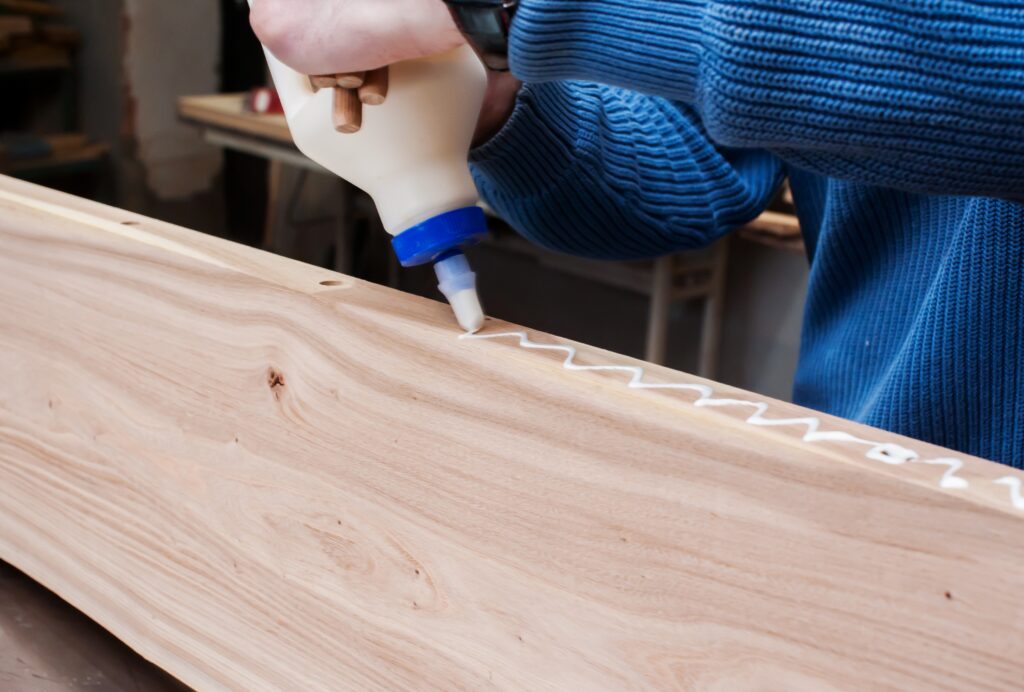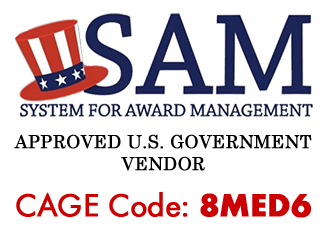In woodworking, there’s always more than one way to skin a cat. With so many adhesives on the market, choosing the adhesive that will work for your project can be a difficult decision. So in this blog i will explain to you the adhesives that are commonly used in woodworking, each with their own unique properties and advantages. Each type of adhesive has its own unique properties and advantages, so it is important to choose the right one for the job.

Here are some of the most common types:
- PVA (Polyvinyl Acetate) Glue: This is the most commonly used woodworking glue because of its ease of use, affordability, and versatility. PVA glue is a water-based adhesive that is easy to use and dries clear. It is particularly effective for joining porous materials, such as wood, and can be used on a variety of wood surfaces. PVA glue is also easy to sand once it has dried, making it ideal for projects that require a smooth finish. However, PVA glue is not waterproof and may not be suitable for outdoor projects
- Epoxy: Epoxy is a two-part adhesive that provides a very strong bond. It consists of a resin and a hardener, which are mixed together before application. Epoxy can be used on a variety of surfaces, including wood, metal, and plastic, and is particularly useful for bonding wood to non-porous materials. Epoxy takes longer to cure than other adhesives, but it provides a very strong and durable bond that can withstand heavy loads and exposure to moisture.
- Cyanoacrylate (CA) Glue: Also known as super glue, CA glue is a fast-drying adhesive that provides a strong bond. It is useful for small repairs and for bonding wood to non-porous materials, such as metal or plastic. CA glue dries clear and is ideal for projects where appearance is important. However, it is not effective for bonding porous materials, such as wood, as it tends to be brittle and can break easily.
- Hide Glue: Hide glue is a natural adhesive that has been used in woodworking for centuries. It is made from animal collagen and is particularly useful for repairing antique furniture. Hide glue is reversible, meaning that it can be heated and reactivated if necessary. It is also great for use in veneering, as it provides a strong and stable bond. Hide glue has a longer working time than other adhesives.
- Polyurethane Glue: Polyurethane glue is a very strong adhesive that provides a waterproof bond. It is particularly useful for outdoor woodworking projects or for bonding wood to non-porous materials.
- Contact Cement: Contact cement is a strong adhesive that is particularly useful for laminating wood surfaces together. It is also useful for bonding wood to non-porous materials, such as metal or plastic.












 Do Not Sell My Personal Information
Do Not Sell My Personal Information